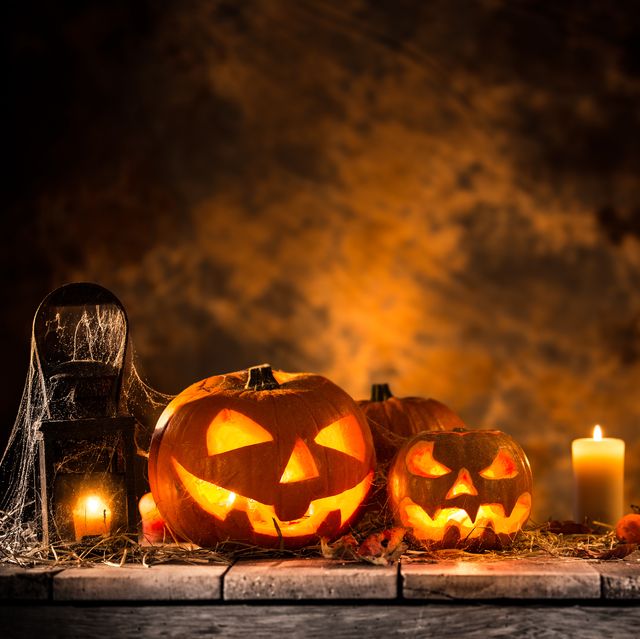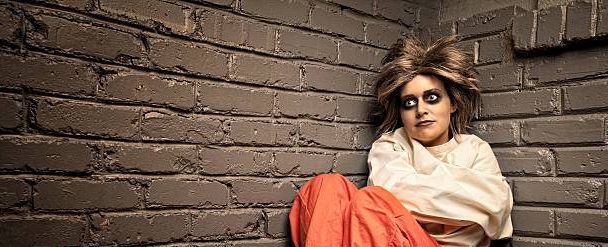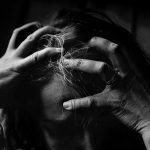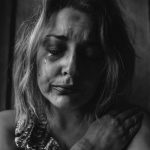by Praveen R. Kambam M.D.
Halloween has it’s origins in All Hallows’ Eve—the evening before All Saints’ Day—a somber time to honor the saints and the dead. Despite its religious roots, Halloween today is a secular season of scares, filled with costume parties, jack-o’-lanterns, haunted houses, pranks, and of course, horror movies. Given that Americans will spend an estimated $6.9 billion on Halloween this year, we certainly seem to love being scared.
Halloween allows us to face our fears in a safe way. We’re wired to experience a “fight-or-flight” response to threats, causing intense emotional and physical reactions. Halloween horror gives us this adrenaline rush and allows us to vicariously explore the forbidden, dark, and sinister without truly being exposed to danger. And in some small way, Halloween lets us expose ourselves to our fears and take steps toward gaining mastery over them.

But what taps into our most primal fears? The dangerous, the supernatural, and the unexplainable—the things that often scare us the most —are incorporated into iconic horror characters. But along with vampires, witches, and ghosts, mental illnesses have inspired some of the most popular—and profitable—horror characters.
Some of the most popular horror fiction link mental illness with evil. Take, for example, the trope of the homicidal escaped psychiatric patient, like Michael Myers in the slasher classic Halloween. Haunted house lore often starts with a suicide within the home. Psychiatric hospitals themselves become the backdrop for spooky carnage, as seen in American Horror Story: Asylum.
Indeed, mental illness has become such a common horror trope that it’s even reflected in popular Halloween costumes. You can complete the serial killer look with a straitjacket, an orange jumpsuit, and a “biter mask.” If that’s not your style, you can always go as a “mad” scientist or a “deranged” ax murderer.
So how did mental illness get lumped in with ghouls and goblins? Part of the answer may lie in negative stereotypes of people with mental illnesses as dangerous and unpredictably violent, thus making them “scary.” Our brain’s natural tendency to confirm negative stereotypes ingrains this myth in our minds.
Another potential explanation involves our incomplete knowledge of neuroscience. While psychiatric knowledge and treatments have advanced considerably in the past century, there is still much to be learned, furthering the stereotype of mental illness as a mysterious or unexplainable entity. Such mystique fosters fear of the unknown and allows supernatural explanations to be linked to mental illness, much like demonic possession was once linked to epilepsy.
The thought that many of us could develop a mental illness may be scary in itself, causing us to subconsciously separate ourselves from “them.”

Drawing on mental illness as a Halloween horror theme may seem like another “safe” way to delve into our fears, but is it potentially problematic?
Reinforcing and perpetuating negative stereotypes of people with mental illnesses as dangerous and unstable can cause real-life harm. People with mental illnesses are often discriminated against when it comes to housing, school, and employment opportunities. They may face bullying and harassment and are sometimes ostracized by others who fail to understand their conditions and treatment. In fact, the U.S. Surgeon General identified stigma against mental illness as a major barrier to our public health, causing many to needlessly suffer in silence rather than seek care.
Some are taking a stand against this stigmatizing Halloween trope. Two British retailers came under scrutiny recently for selling a costume labeled “Mental Patient,” complete with meat cleaver and blood stained white coat, and a costume called “Psycho Ward,” including an orange jump suit, syringe, and Hannibal Lecter-type mask. Following public outcry, both companies issued formal apologies and removed the costumes from shelves. Likewise, in the U.S., activists protested haunted houses that have “haunted asylum” themes and depict psychiatric patients as violent monsters.
There is also hope that Hollywood can incorporate more accurate and less stigmatizing mental health depictions, while at the same time creating more compelling characters and nuanced stories. Television shows outside of the horror genre—Homeland, for example—have done this with critical success.
Perhaps the evolution of dramatic mental health depictions will blaze a trail for much-needed updates to depictions of mental illnesses in the horror genre.
Source: https://www.psychologytoday.com/us/blog/broadcast-thought/201310/why-is-mental-illness-scary







